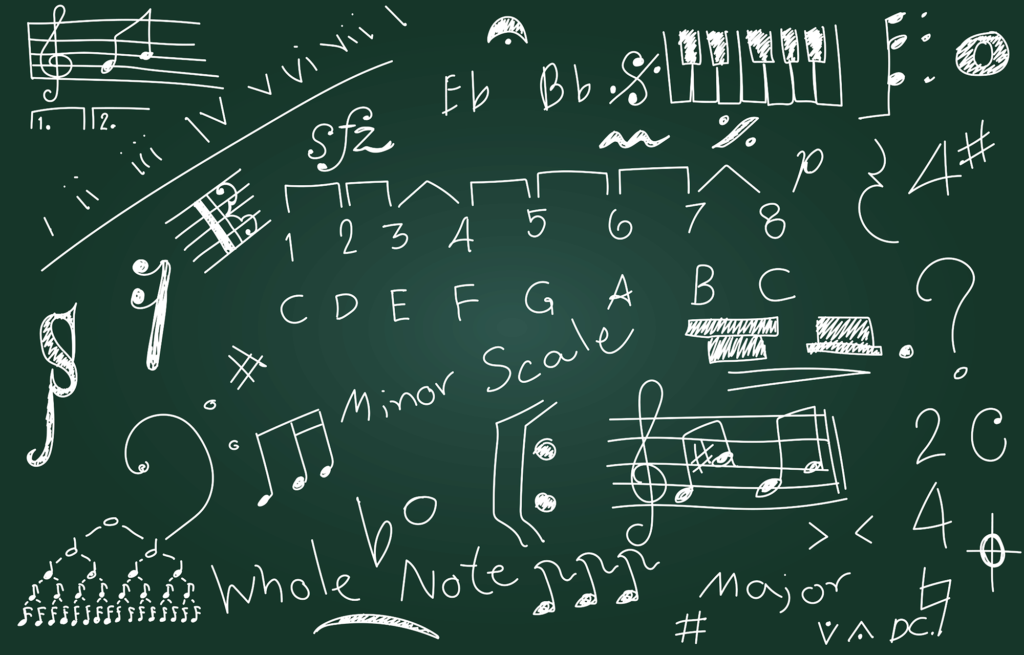
Music Theory: The Foundations of Musical Understanding
Music theory studies the principles and elements that makeup music. It provides a framework for understanding music, enabling musicians to effectively create, interpret, and communicate musical ideas. Whether you’re a beginner or a seasoned musician, understanding the core concepts of music theory can enhance your musical journey.
Pitch
Pitch refers to the perceived highness or lowness of a sound. The frequency of sound waves determines it:
- High Pitch: Sounds like a flute or a soprano singer.
- Low Pitch: Sounds like a bass guitar or a tuba. In Western music, pitch is typically represented using letters A, B, C, D, E, F, and G, which repeat in a cycle across octaves.

Notes
Notes are the symbols that represent specific pitches in written music. Each note corresponds to a particular position on the musical staff:
- Whole Notes, Half Notes, Quarter Notes, and Beyond Indicate the note’s duration.
- Accidentals: Sharps (#) raise a note by a half step, flats (♭) lower a note by a half step, and naturals (♮) cancel sharps or flats.
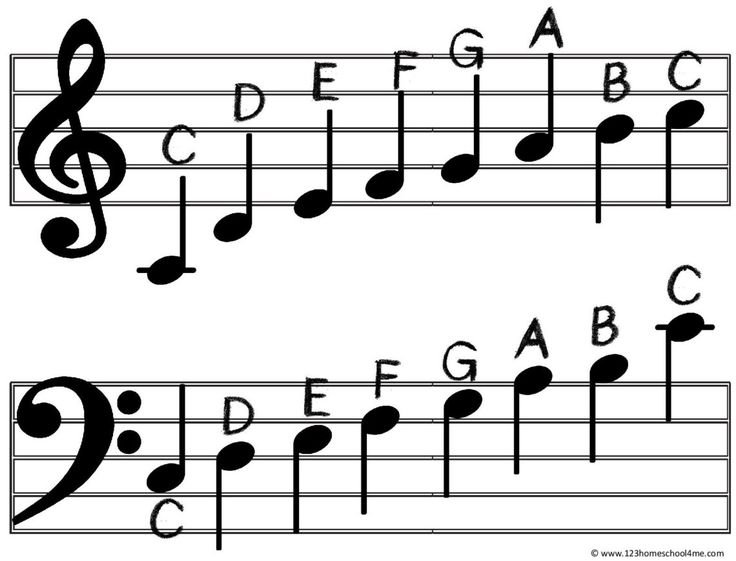
Rhythm
Rhythm is the element of time in music. It dictates how notes and silences are organized into patterns:
- Beat: The basic unit of time in music, often felt as a steady pulse.
- Tempo: The speed of the beat, measured in beats per minute (BPM).
- Meter: The grouping of beats into measures, defined by time signatures like 4/4 or 3/4.
- Syncopation: The placement of rhythmic emphasis on off-beats, creating a sense of surprise or groove.
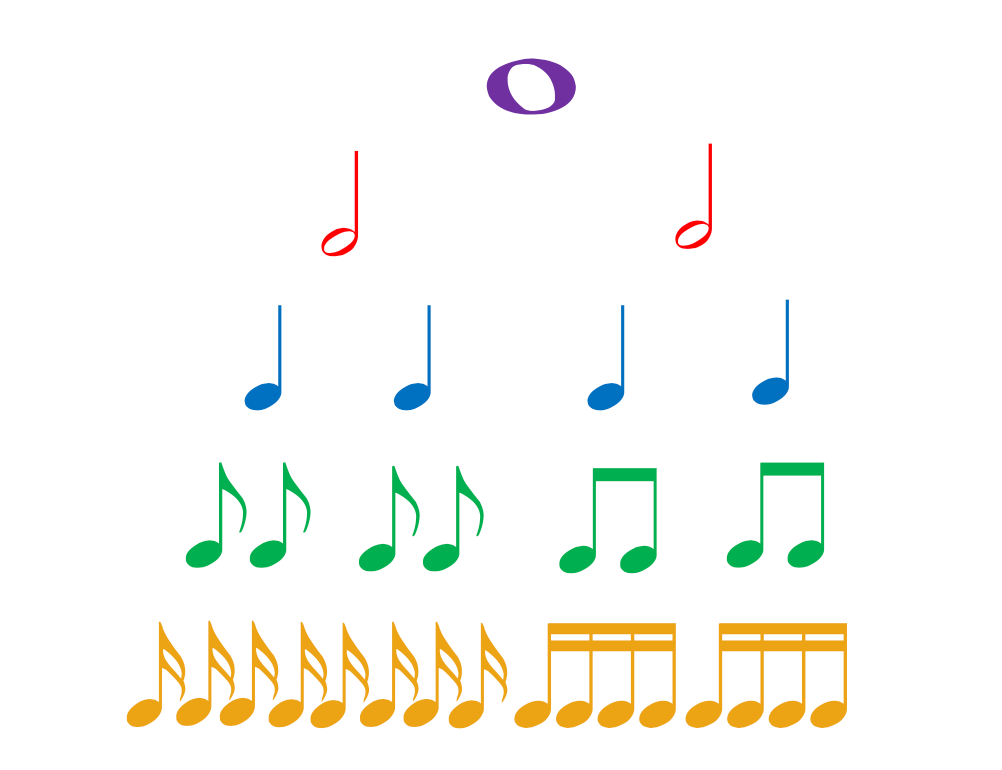
Octave
An octave is the interval between one pitch and another with double or half its frequency. For example:
- The note A at 440 Hz is one octave above the A at 220 Hz. Octaves divide the pitch spectrum into repeating patterns, allowing the same note names to recur in higher or lower registers.

Chords
Chords are combinations of two or more notes played simultaneously:
- Significant Chords: Have a bright, happy sound (e.g., C-E-G).
- Minor Chords: Have a darker, melancholic sound (e.g., A-C-E).
- Diminished and Augmented Chords Create tension and add complexity. Chords form the basis of harmony and support melodies in compositions.
Scales
Scales are sequences of notes ordered by pitch, forming the building blocks of melodies and harmonies:
- Major Scale: A happy, uplifting sound (e.g., C-D-E-F-G-A-B-C).
- Minor Scale: A sad or contemplative sound (e.g., A-B-C-D-E-F-G-A).
- Pentatonic Scale: A five-note scale standard in folk and rock music.
- Chromatic Scale: Includes all 12 pitches in an octave. Scales define the tonal framework of a piece of music.
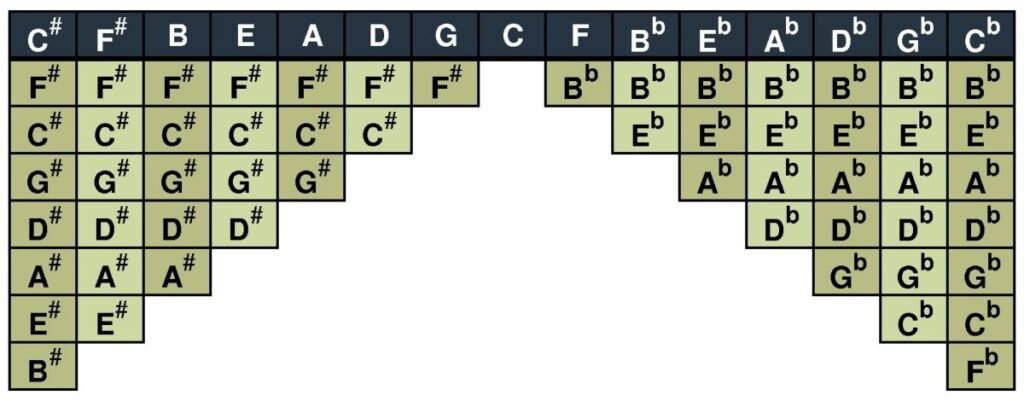
Harmony
Harmony refers to combining different pitches played simultaneously to produce a cohesive sound. It is achieved through:
- Intervals: The distance between two notes (e.g., thirds, fifths).
- Chord Progressions: A series of chords played sequentially to support a melody. Harmony enriches music, adding depth and emotion.

Melody
Melody is a sequence of notes perceived as a single, coherent entity. It’s the part of the music you often hum or sing:
- Contour: The shape of the melody, moving up and down in pitch.
- Phrasing: How the melody is broken into musical sentences.
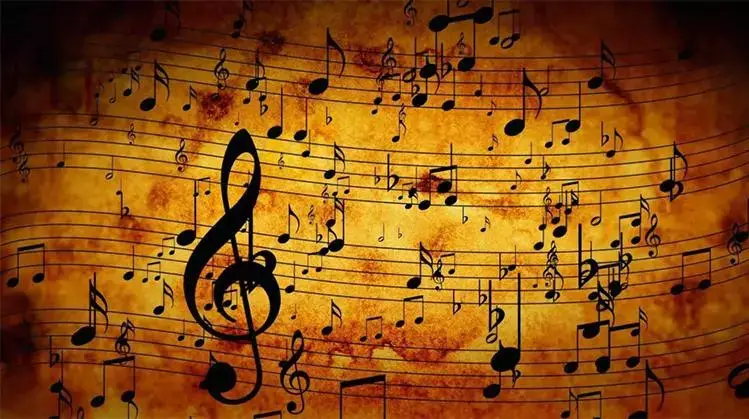
Dynamics
Dynamics refer to the volume of sound in music:
- Piano (p): Soft.
- Forte (f): Loud.
- Crescendos and Decrescendos: Gradual increases or decreases in volume.
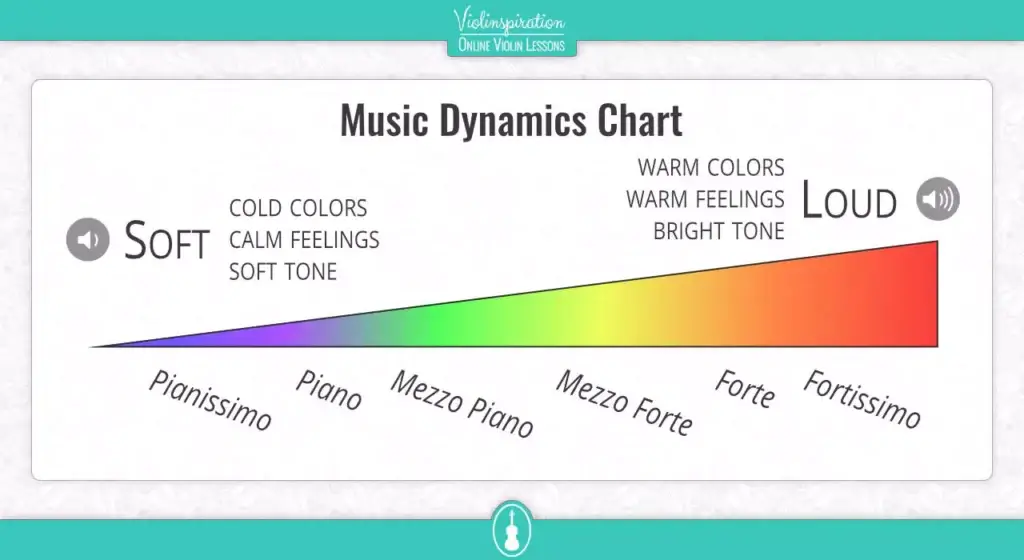
Timbre
Timbre, or tone color, is the quality of a sound that makes it distinct from others. A violin and a flute sound different even when playing the same note.
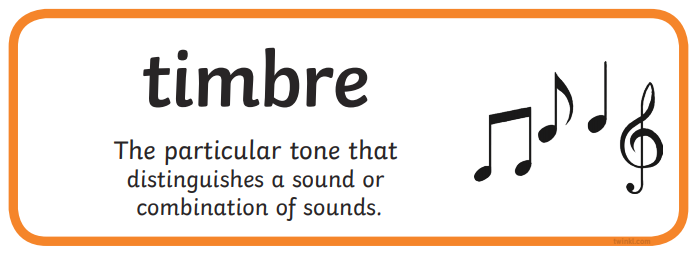
Key Signature
The key signature indicates the scale and tonal center of a piece of music:
- Primary Keys: Often bright and cheerful.
- Minor Keys: Often introspective or somber. Key signatures are shown at the beginning of a musical staff.
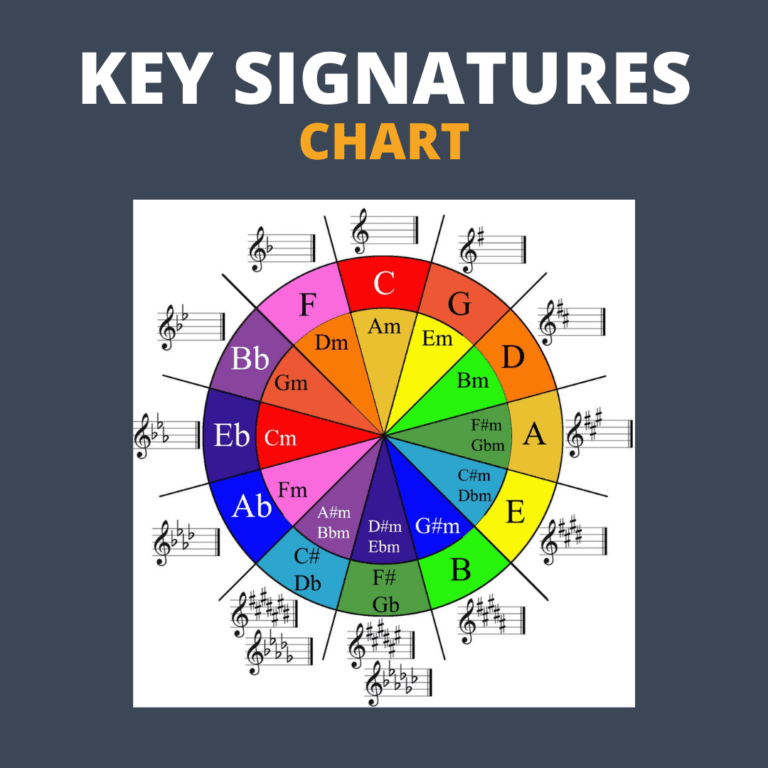
Time Signature
The time signature defines a piece’s meter, indicating the number of beats in a measure and the type of note that gets the beat (e.g., 4/4 or 6/8).
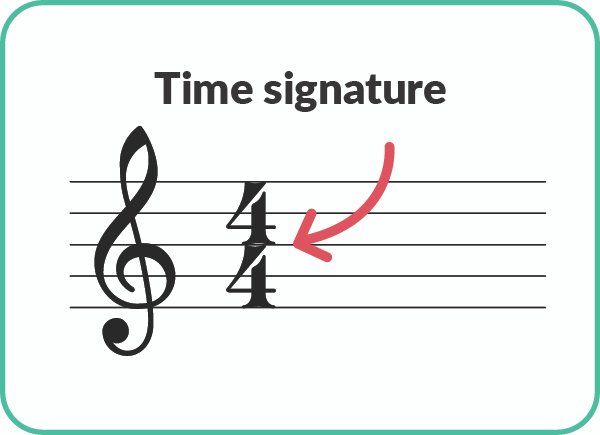
Form
Form refers to the structure or organization of a piece of music:
- Binary Form (AB): Two contrasting sections.
- Ternary Form (ABA): A section returns after a contrasting section.
- Rondo Form (ABACA): Alternating sections with a recurring theme.
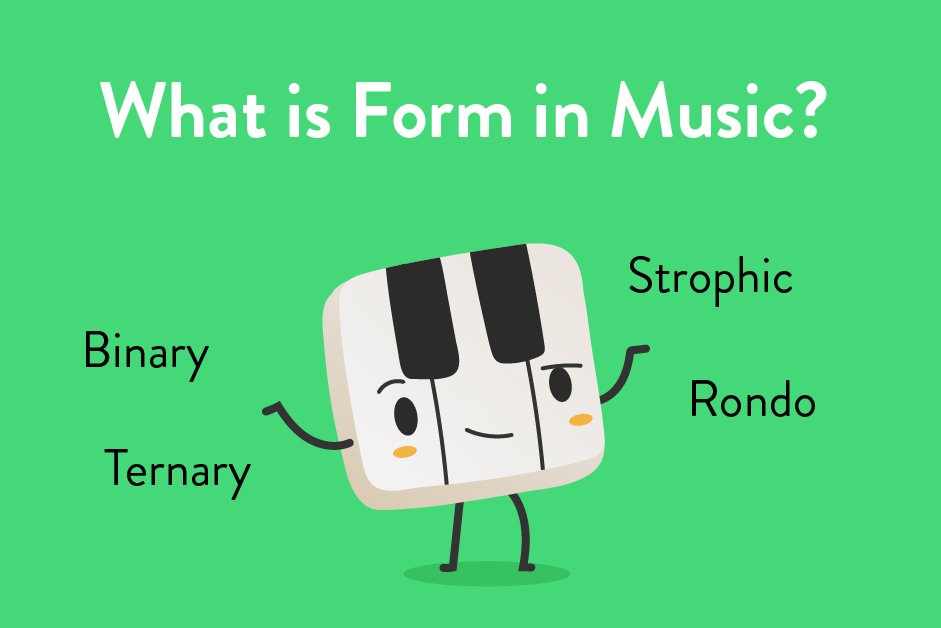
Ornaments
Ornaments are embellishments that add expressiveness to music:
- Trills: Rapid alternation between two adjacent notes.
- Grace Notes: Quick, decorative notes before the main note.
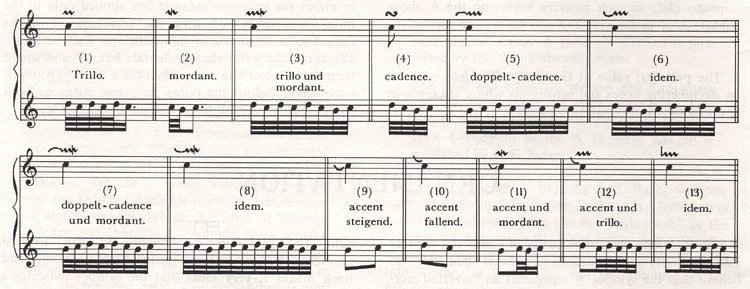
Improvisation
Improvisation is the act of creating music spontaneously, and it is often seen in jazz, blues, and certain classical styles.
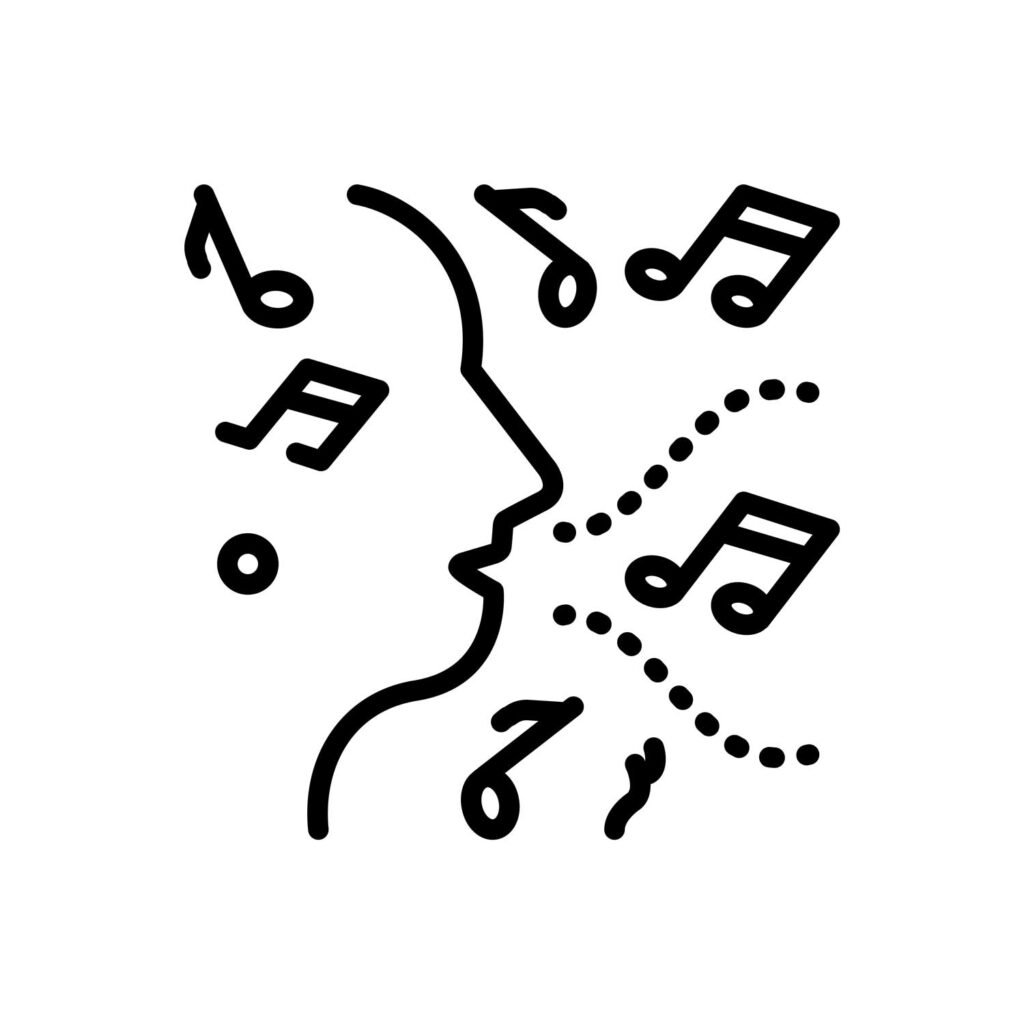
Counterpoint
Counterpoint is the art of combining independent melodies harmoniously, and composers like Bach used it frequently in Baroque music.
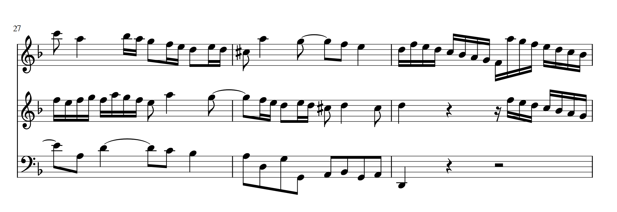
Music theory is a fascinating and essential tool for musicians and enthusiasts alike. From understanding pitch and rhythm to exploring harmony and form, music theory opens the door to a deeper appreciation of the art of music. Whether composing, performing, or just listening, these concepts enrich your musical experience.